
KALEEM YASIR
With a robust background in IT and a focus on Azure Cloud Administration, my leadership at Cognizant has centered on delivering cloud automation and optimization solutions. Our team's mission is to implement and manage comprehensive cloud infrastructures, ensuring seamless operations and elevated efficiency.
My expertise in Azure DevOps, combined with certifications like HashiCorp's Terraform Associate, empowers me to drive innovation in cloud environments. At Tata Consultancy Services, I honed these skills, which now serve to enhance Cognizant's service offerings and client satisfaction through cutting-edge cloud strategies and technologies.
- Role
IT Support - Other
- Years of Experience
14.00 years
Skillsets
- Migration
- Ansible - 2 Years
- container images
- Azure
- Backup and Restoration
- Policies
- Blueprint
- Azure landing zone setup
- Azure CLI
- Bicep
- ARM
- Azure Resource Management
- Prometheus
- PowerShell - 1 Years
- Network Security
- Terraform - 2 Years
- Grafana
- Deployment
- Ci/Cd Pipelines - 4 Years
- automation
- AKS
- Docker - 2 Years
- Solaris
- Nutanix infrastructure
- Ansible runbook
- Network security groups (nsgs)
- VMware
- Azure - 6 Years
- Kubernetes - 2 Years
- AWS - 1 Years
Vetted For
- Roles & Skills
- Results
- Details
- Sr Cloud Infrastructure EngineerAI Screening
- 49%
- Skills assessed :Arm templates, Cloudformation, Databases, Google Cloud, Networking, Cloud Computing, Terraform, AWS, Azure, Docker, Kubernetes, Security
- Score: 44/90
Professional Summary
- Sep, 2021 - Present4 yr 1 month
Sr Infra Specialist
Cognizant Pvt Ltd - Nov, 2017 - Sep, 20213 yr 10 months
Azure Consultant
Tata Consultancy Service - Apr, 2015 - Nov, 20172 yr 7 months
Storage Consultant
Capgemini Consulting Service - Jun, 2010 - Apr, 20132 yr 10 months
Associate DataCenter Operator
Wipro Infotech - Apr, 2013 - Apr, 20152 yr
Senior Engineer
Mindtree Pvt Ltd
Applications & Tools Known

Azure

Linux

Terraform

Bicep
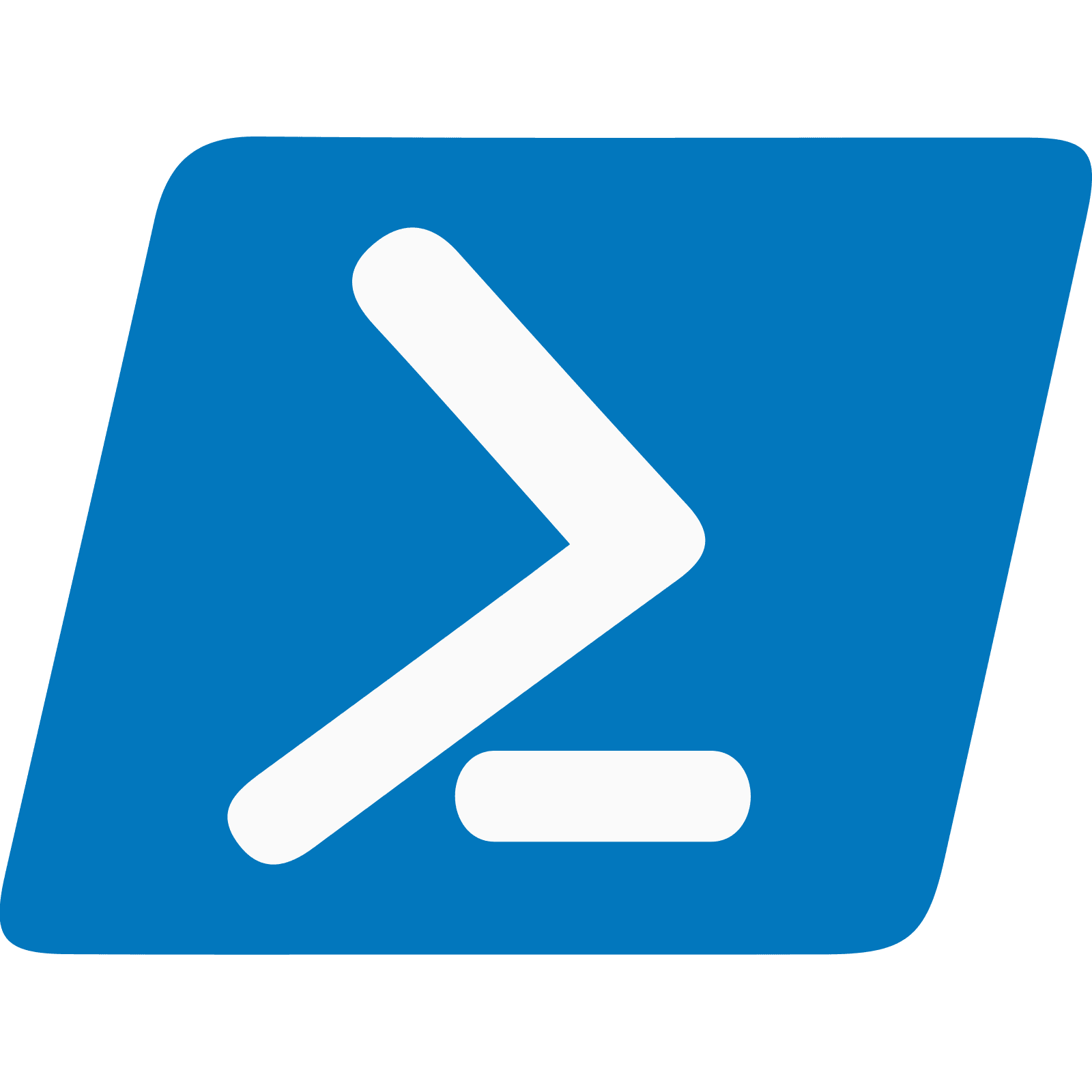
PowerShell

Azure CLI
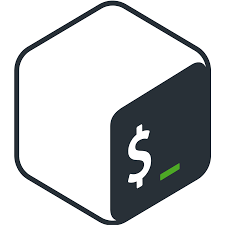
Bash

Azure Repo

Bitbucket

AWS
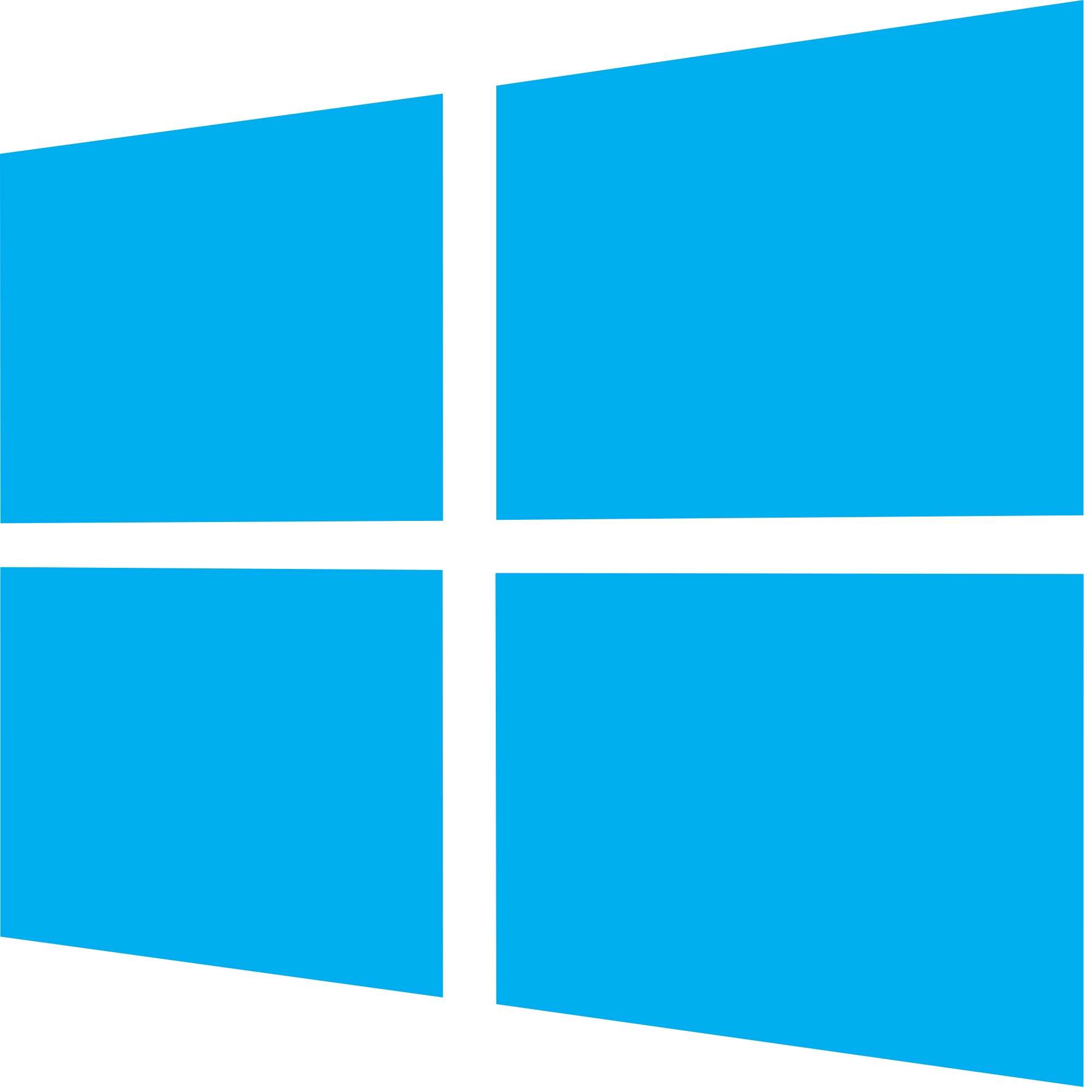
Windows

Security

WAF

PAM

BMC
Jira

Agile
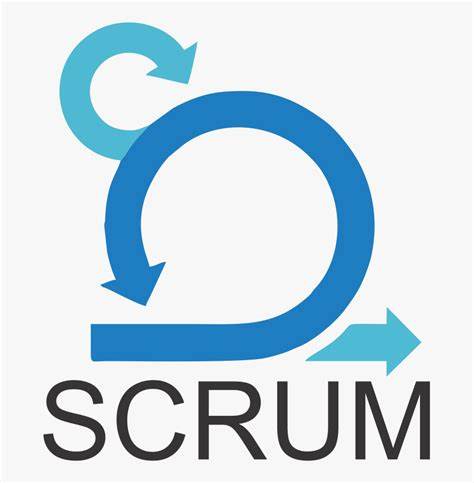
Scrum

ITIL

Confluence

AD

IAM
.png)
Jenkins

Azure DevOps

ADF

AKS

SQL

BigFix

Storage

Microsoft Azure

AWS

Terraform

ARM Templates

Azure DevOps

GitHub
.png)
Docker

Azure Monitor
.jpg)
Grafana

CloudWatch

Azure Security Centre

Azure Policy

Azure Sentinel

VPN Gateway

Azure DNS

VPC

Azure Front Door

Azure Traffic Manager
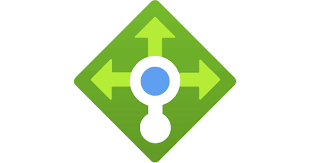
Azure Load Balancer

Azure VM

AWS EC2

Azure SQL Database

Azure Cosmos DB

Azure Functions

Redhat Linux
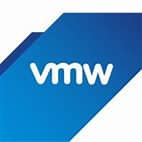
VMware

Nutanix

Azure Key Vault
.png)
HashiCorp Vault

Prometheus
Work History
Sr Infra Specialist
Cognizant Pvt LtdAzure Consultant
Tata Consultancy ServiceStorage Consultant
Capgemini Consulting ServiceSenior Engineer
Mindtree Pvt LtdAssociate DataCenter Operator
Wipro InfotechEducation
MCA - Master of Computer Applications
Osmania UniversityMCA - Master of Computer Applications
Osmania University, Hyderabad, India (2009)
Certifications
Microsoft: security& devops eng expert - az400
Microsoft certified: azure solutions architect exp - az305
Microsoft azure administrator associate: az 104
Microsoft: security & devops eng expert - az400
Itil foundation v4 certified
Hashicorp certified: terraform associate (003)
AI-interview Questions & Answers
Yes. Uh, myself, Kalim here. Kalim here. I have total 14 years of IT experience, and, uh, I have started my career with Wipro in the as a data center analyst. And after that, I work on Linux, Solaris, VMware, Windows, and storage, NetApp EMC, as well as Pure Storage. And after that, I switched my career to the cloud platform like Azure. Okay? And past 5 to 6 years, I'm working on Azure Cloud as a cloud ops as well as cloud DevOps team. Okay? And it's a project, uh, it's a, uh, shared resources which I was working. Like, I used to work on Azure, AWS, Linux, Windows. And based on the tickets, I'm getting that based on the tickets, I'm working on multiple platforms. Okay? That's all for from my end with respect to my roles and responsibilities. And coming to my roles and responsibility, I can say, like, I was, uh, creating a resource and managing and monitoring that resource, like, creating a resources using Azure portal, PowerShell, ARM template, as well as Terraform as a code. Okay. Using IAC tools also, I have created the resources. And using DevOps also, creating infrastructure and end to end, like CA to CD, what are the things required for application deployment and, um, managing branching strategies. All these things I have an experience. Okay. That's all from my end for us.
Yes. Coming to the implementation of automatic scaling of, uh, resources, like, uh, there is a provider in place. In Terraform, there is a provider. In that provider, we need to place, uh, AWS. If it is Azure, then we need to place an Azure. And inside that, we need to add a subscription ID, uh, subscription ID, ID, tenant ID, all these things, we need to keep it in the features. Like, in provider's field, we need to add this. Or if you are using a module concept, like creating 1 module, like, root volume and insert that, you can create a number of resources, and you can call that, uh, like, in modules, you can place service principal in place, and you can call every time to that module, and you can create a multiple resources. Okay? Same way, you can create your AKS cluster or EKS cluster or any kind of resources with the help of Terraform. Yes. That's all.
Okay. Coming to the 0 downtime deployment Kubernetes, we are having, uh, blue green concept. Okay? Or blue green strategy, we can say. Like, instead of, like, we blue green is nothing but a active and passive. Okay? Till the active VMs are up and running, the secondary will be sitting in idle, or you can, uh, do any modifications on the secondary site. And once if anything goes wrong to the primary site, you can switch your VPCs or increase it. Okay? The service, you can switch to the secondary. Nothing but the, uh, green one. Okay? And you can upgrade anything in the green as well, and you can directly switch your SVC to your secondary or clean green. Yes. That's all.
K. Coming to the logic apps, uh, I haven't worked on Azure Logic apps. Sorry. I'm not difficult here. An answer about this because I haven't worked on Azure Logic App. Yes. Sorry. Thank you.
Okay. Coming to this, uh, migrate on premise application to AWS using Docker container, like, we can upgrade or we can do in I'm aware of Azure, uh, migrate. In Azure migrate, we have a feature like a initial unit to create a project. In that project, you need to select the key the project key. And once you do the primary step while you are going to upgrade or migrate your on premises web app. Okay? In web app, while you are going to upgrade to migrate or migrate, then you have an option called containeration. You can migrate your application to your AKS cluster or the app service in a container. Okay. These are the 2 areas where we can migrate our application to your containerization.
Okay. If you want to do this, we can use a Terraform in place. Like, we can use the same code. What are the code we are going to implement for AWS? We can create a resource with the help of Terraform in Azure also. Okay? In this way, we can manage the code uniformly and just we need to change the provider in place. Okay? Rest everything remains same.
Analyzing this Python function design to list all the unique features. Sorry. I'm not aware of this answer, because I'm not familiar with the Python, but I am aware of the file PowerShell script.
Okay. Here, the wrong is name is equal to instance hyphen where that environmental. Okay. Here, there is some code is wrong. We need to correct here. Name is equal though. Instead of this instance, we need to go some other field.
Okay. Coming to this question, like, uh, we can create a web application, okay, using Terraform. Uh, like, we can create one module. Inside that module, you need to create a main file as well as the variable file. Okay? In that main file, you can place all the service principal kind of things, good thing in the main file. And in variables, you can call out what are the variables you are going to declare in respective modules. Like, if you want to create a resource group or if you want to create an application gateway or app services, all these things you are going to place in the submodules of your module. Okay? And inside that submodules, you are going to declare the variables and that you are going to redirect to your root volume or root module. Okay? In that way, you can create your web application as well as the multi tier web application.
Okay. Coming to this answer, like, uh, I have worked on Azure monitor where we can check the metrics. It will show the live metrics. And based on that, we can create a alert rule. Okay. As well as there is a Log Analytics workspace. Using that Log Analytics workspace, we can write a push to query language, and we can get the output in a graphical view. Okay? And we also I I also worked on Grafana. Okay? You can integrate your Grafana with Azure monitor so that you can track or you can check all the metrics with the help of Grafana also. Okay? In that way, I worked on Azure monitor, Log Analytics workspace, as well as Grafana. We are also having Splunk as well, but I am not aware of it. Yes.
Okay. Like in Azure, I'm familiar with it. We are having log analytic workspace where it will be centralized. It is a centralized login cell logging solution. If you want to get any output with the help of push to query language, we can get the output. Okay? The main centralized logging solution for Azure is Log Analytics Workplace. Okay. That's all. For AWS, I'm not aware of it. Yes. Thank you.
